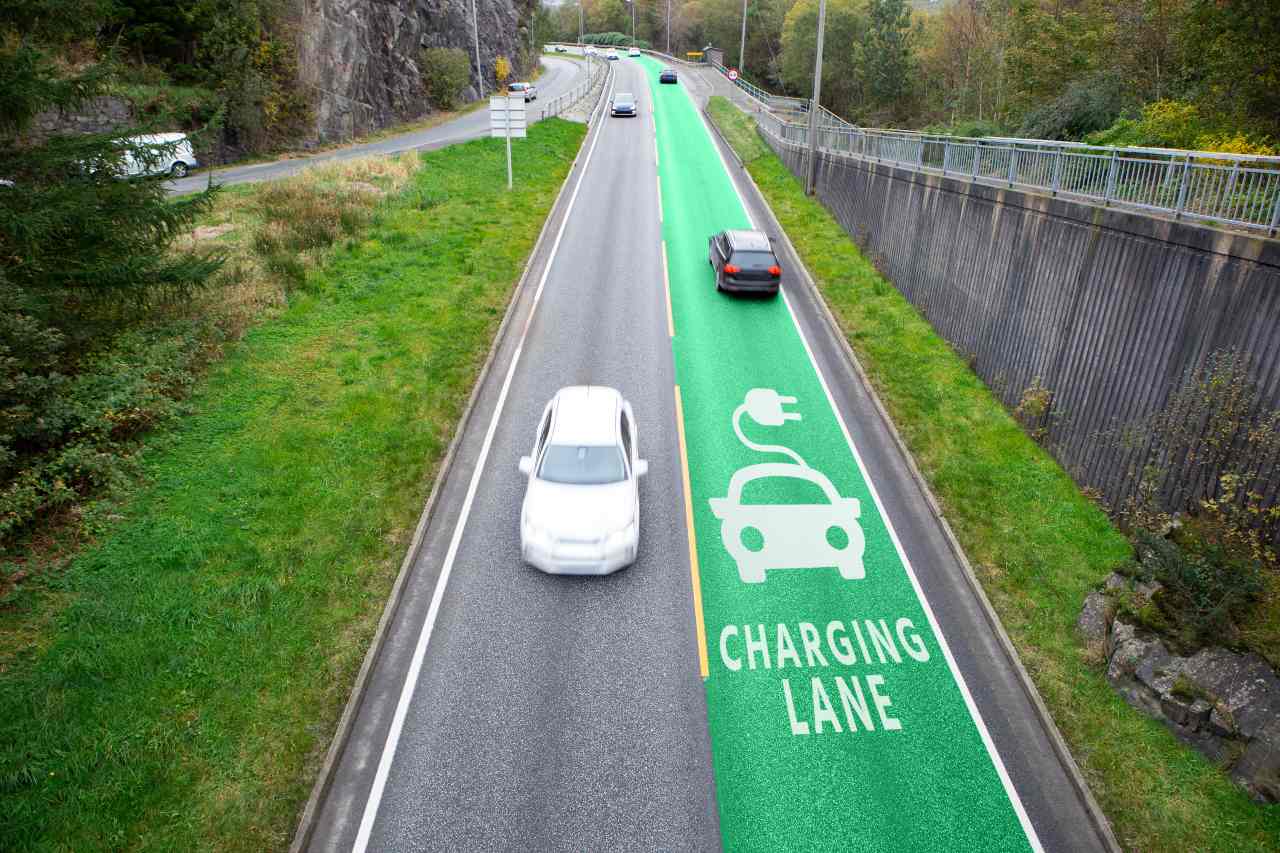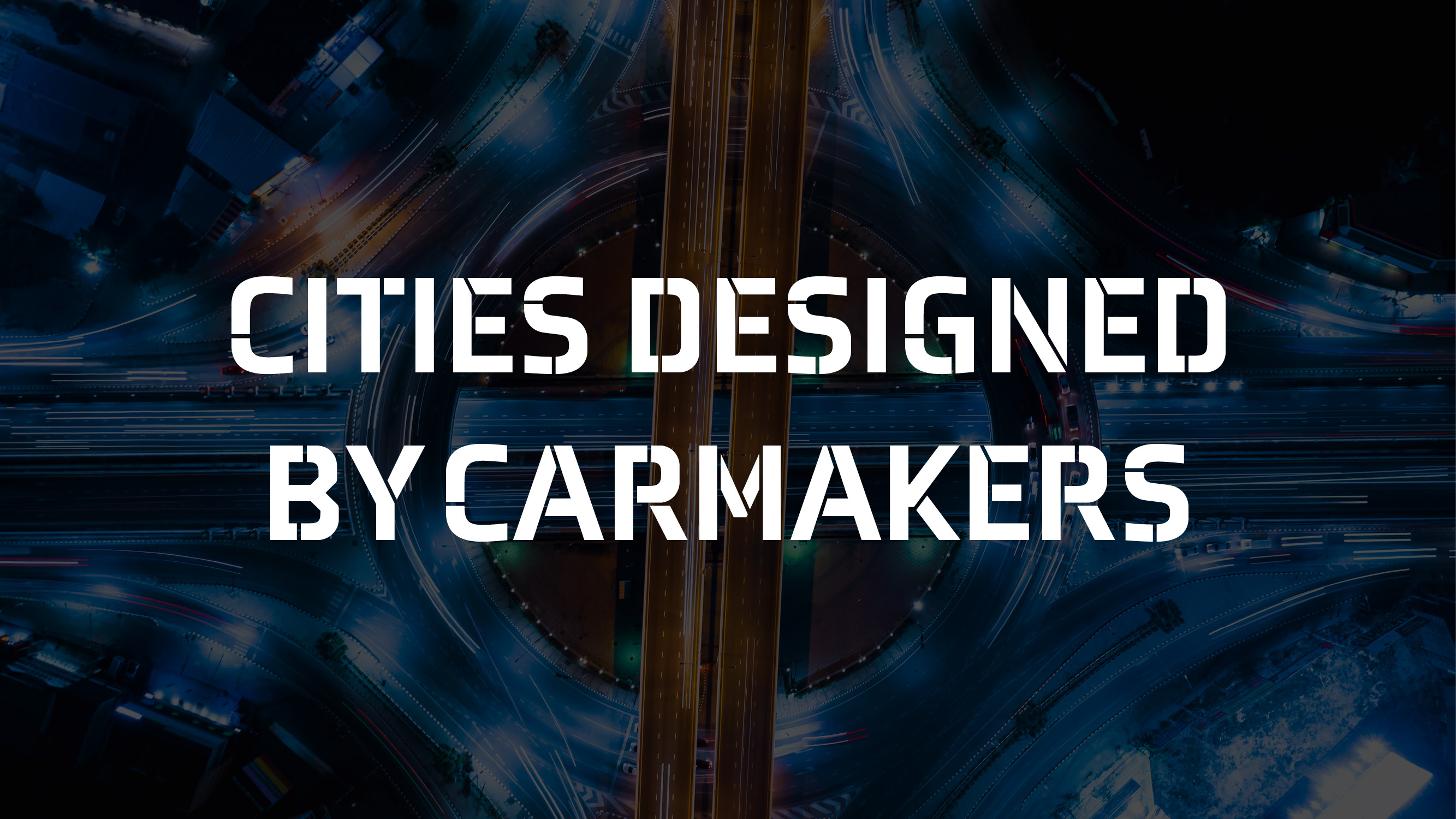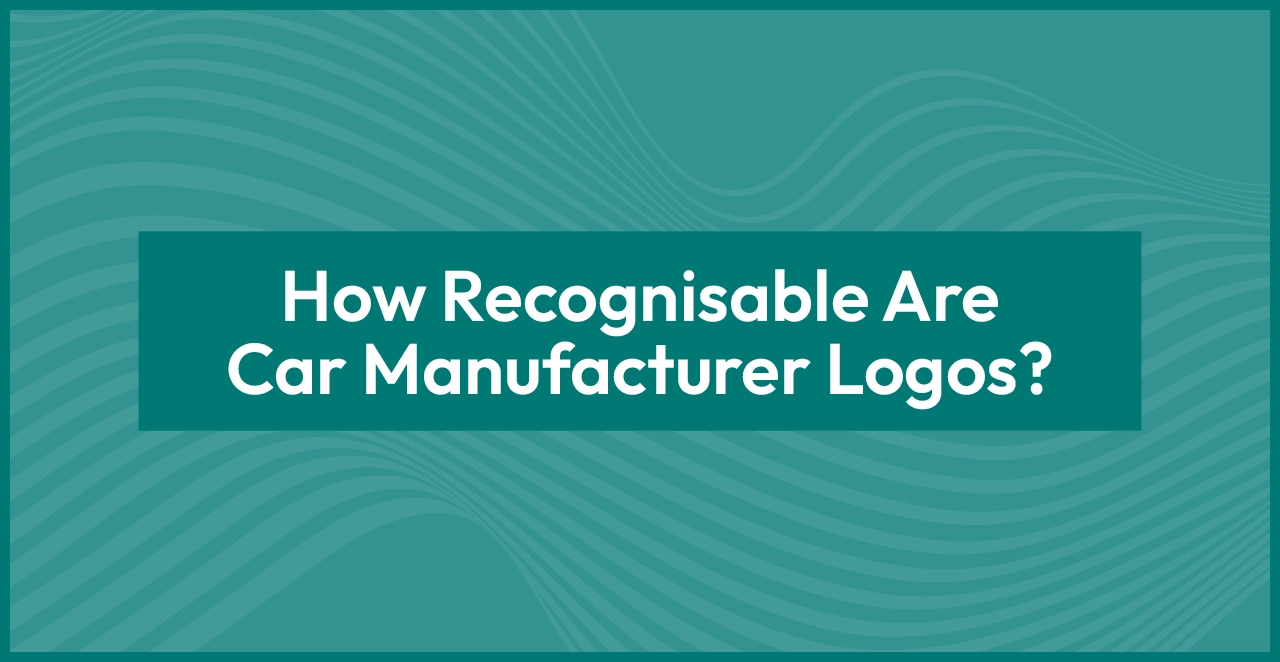Many of us have become familiar with popping our phones onto a wireless charger when we go to bed. Much better than fumbling in the dark for a cable, then trying to find the charging socket, then, in some cases, trying to push it into the socket upside down. And, of course, we all know how durable those cables are...
Wouldn’t it be great if that technology was applied to our electric vehicles? Instead of having to connect (and then disconnect) the correct cable at home, or at a public chargepoint, we simply drive over an embedded charger and, bingo, your car or van starts charging with little or no intervention from the driver.
Heading To A Chargepoint Near You?
This tech may be coming to a chargepoint near you before too long. Supermarket giant Waitrose is about to commence trials with their fleet of delivery vehicles based at St. Katherine’s Dock in London. The vans have been adapted by the fitment of a charging pad on the underside and will be charged with current supplied by an electric plate located in parking areas at the depot.
Speaking to Fleet News, Michael Ayres, managing director of Flexible Power System who have developed the technology said ‘This project is about testing technologies that can save time and cost, particularly wireless charging, which has the potential to save time spent charging between deliveries to make the process more efficient and convenient for customers, as well as retailers.’
There’s no doubt that in a grocery delivery fleet where utilisation of the vans is high, even a few minutes saved in driver time plugging in and disconnecting the vehicle will really add up when multiplied by the amount of vehicles in the fleet and the constant recharging being carried out. But can this convenience be made available to the private EV motorist?
EV charging specialist company Chargy has recently started their own trials using a fleet of 10 Renault Zoe’s, modified with an induction charging kit. They reckon that in the future those without access to conventional charging points will be able to charge their vehicles efficiently and cable free using this new, simplified way of topping up the batteries.
What About Charging On The Move?
But, what if this could be taken further? What if your battery powered car or van could be charged whilst on the move? We’re not talking range extending hybrids here, this is energy being obtained from roadside power sources where the current is transmitted to the vehicle from loops or strips embedded in the road surface. Think of model car racing sets – the principle is similar, although the vehicle won’t actually touch the power source. So called ‘Inductive charging’ may well be on the way.
As early as 2013 Swedish truck manufacturer Scania announced its intention to trial the technology and in the same year the UK Highways Agency commenced an initial £200,000 feasibility study into the practicalities of what is actually known as Dynamic Wireless Power Transfer (DWPT). Subsequent to this, an intention was announced to extend this to ‘off road’ trials although little has been heard of this since. In May 2017 Qualcomm Technologies demonstrated their own system at an event in France, utilising a 100 metre specially prepared track and two Renault Kangoo vans.
There’s an international race underway to build the first stretch of road with inductive charging available for public use, with Sweden, China, the US and Italy all actively developing the tech and planning a rollout.
It might be a while before we see ‘charging on the go’ here, but given the speed technology has advanced in the world of electric vehicles in the past 10 years, and the fact that all new cars and vans will need to be electric by 2030, it could come sooner than we think. The big question though? Who is going to pay for building the infrastructure?
For all the latest van and pickup news check out our blogs, or take a look at our latest leasing deals.




